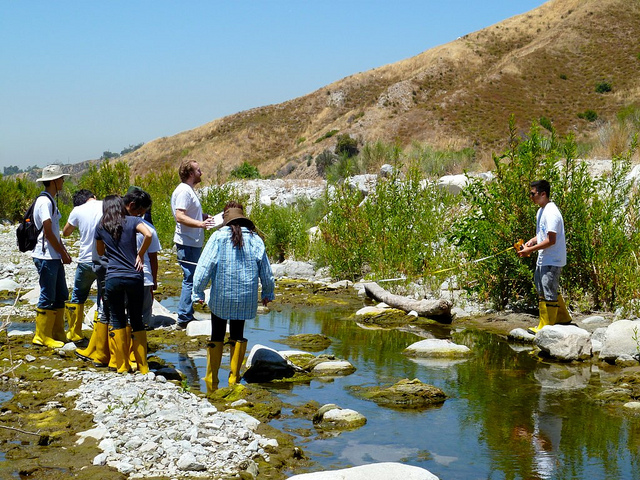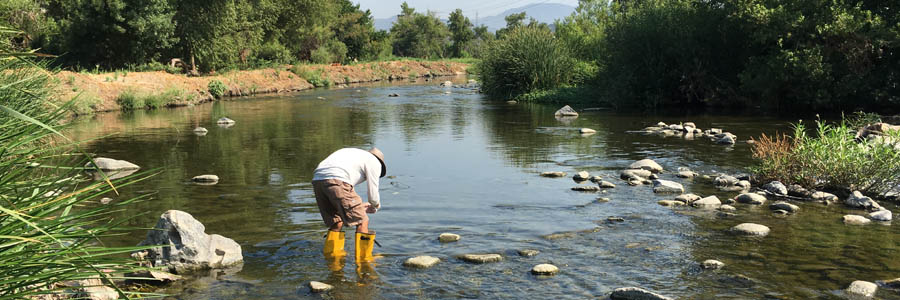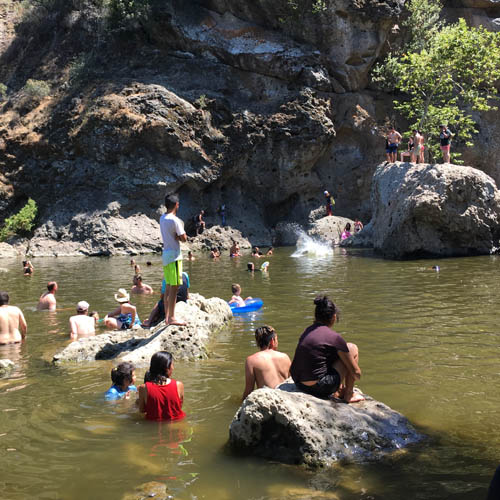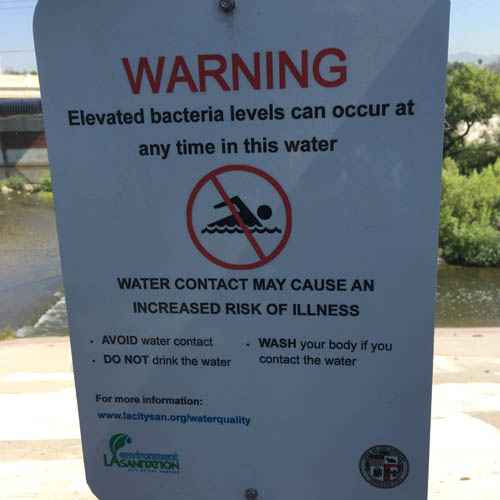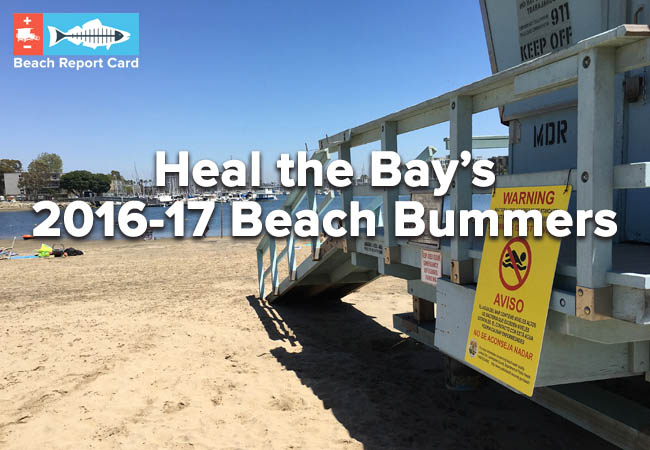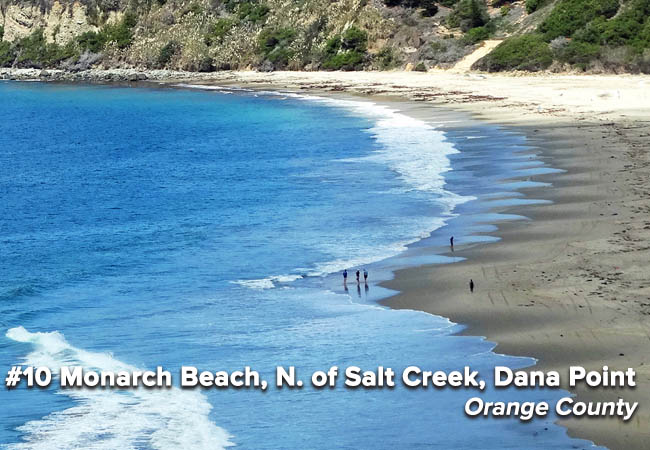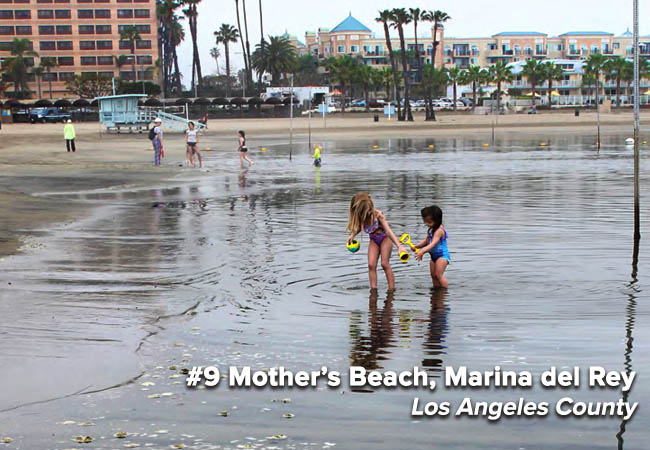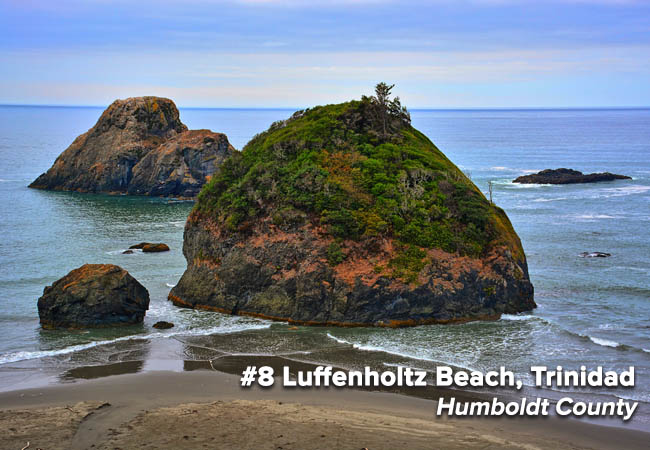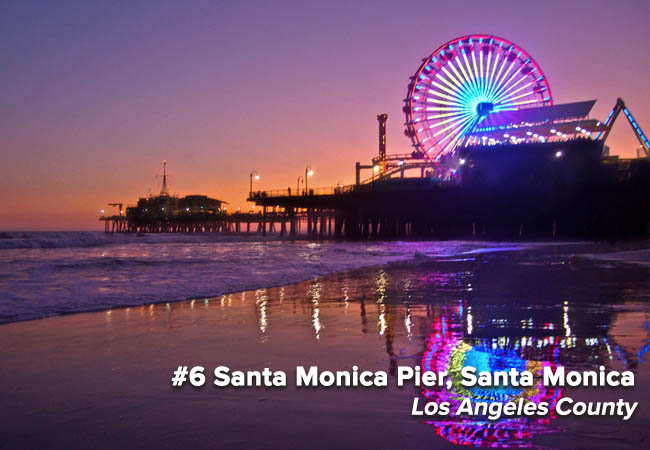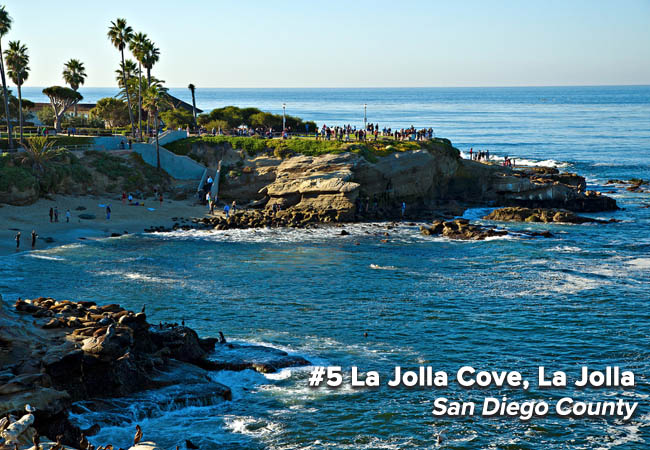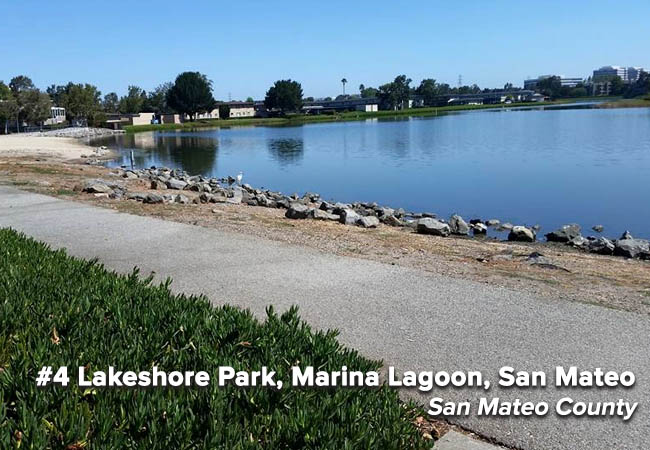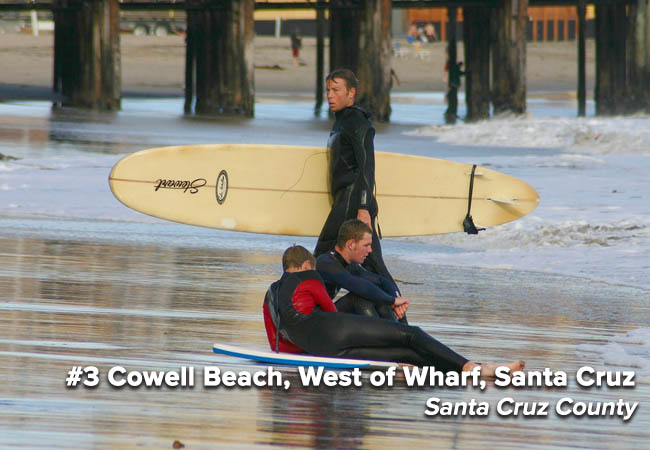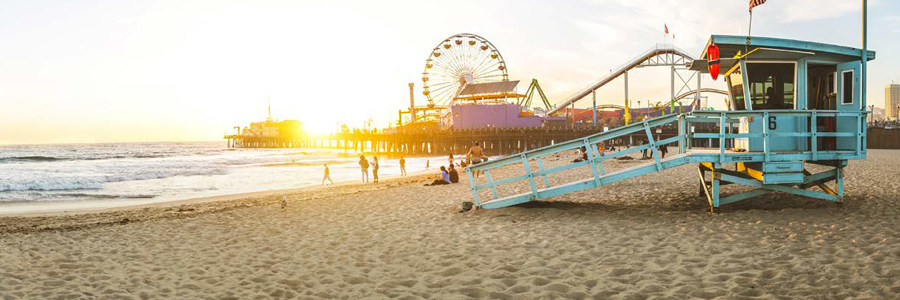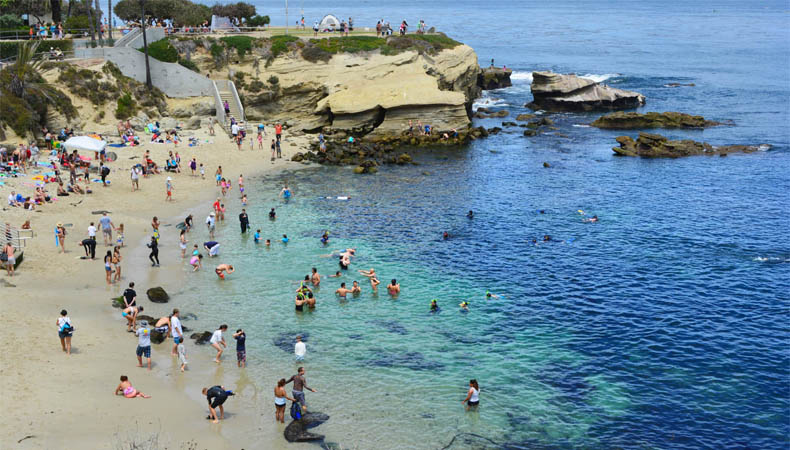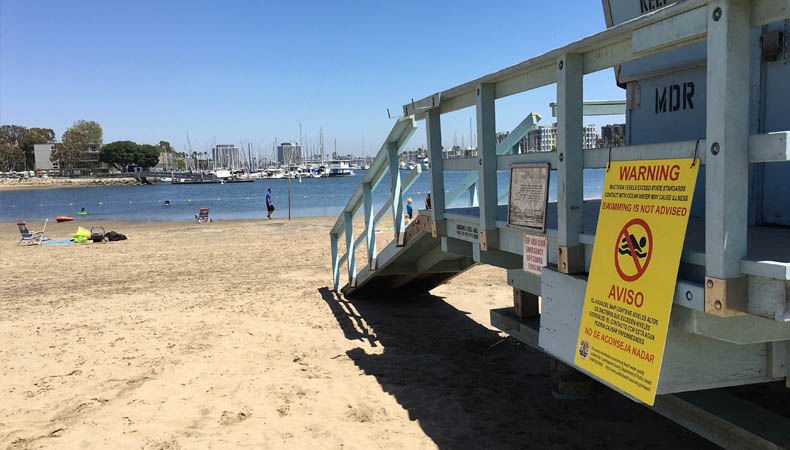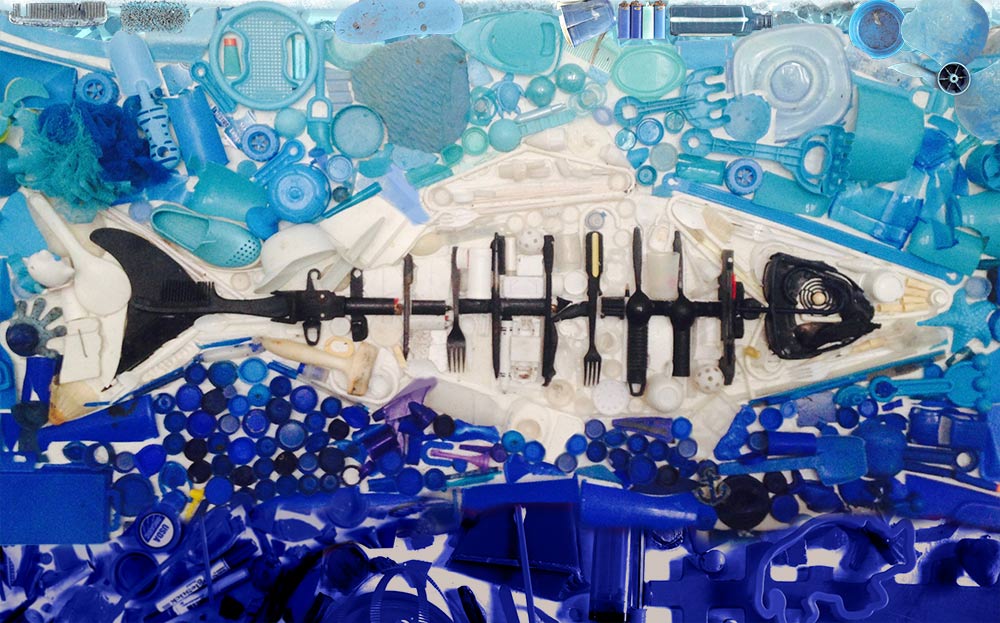Lo más importante aquí en Heal the Bay es la calidad de agua y la salud pública. Creemos que usted tiene el derecho de saber de la calidad de agua en las zonas recreativas de aguas dulces, antes de llegar, especialmente si usted tiene planes de visitarlas.
Nuestro nuevo programa del verano convierte lo que creemos en acción. Vamos a probar, analizar, e informar en la calidad de agua en dentro de las cuencas del río Los Ángeles, el arroyo de Malibu, y el río San Gabriel. Lo que queremos lograr es simple: facultar que ustedes puedan hacer decisiones informadas y reduzca el riesgo de enfermarse.
De momento, estamos monitorizando los niveles de las bacterias dañinas en varias locales de agua dulces cerca de zonas recreativas populares, en colaboración del L.A. County Department of Public Health, el Council of Watershed Health, el Los Angeles River Watershed Monitoring Program, el City of Los Angeles Department of Sanitation, y el San Gabriel Regional Watershed Monitoring Program. Las áreas de monitorizar el río de Los Ángeles están en zonas recreativas designadas en que algunas actividades son permitidas durante el verano (kayaking o pescar, pero no nadar); los otros locales son todos lugares populares para nadar.
Comprueba nuestro mapa para ver los últimos resultados de la calidad de agua:
¿Que significa tienen las pruebas?
La Agencia de Protección Ambiental de Estados Unidos y el Departamento Regional de Control de Calidad del Agua se han fijado el máximo para un nivel aceptable de bacterias dañinas en agua. Cada semana nuestro mapa está actualizado con los últimos resultados de prueba, incluyendo el número de veces el nivel de las bacterias supera el límite en las cuencas nuestras. Cuanto mayor es el número de excesos, cuanto mayor es el riesgo de enfermarse en aquello sitio. Entonces el verde significa el riesgo menor y el rojo significa en el riesgo mayor.
Un desglose
- Si un sitio tiene zero excesos, tiene una marca verde, lo cual significa el riesgo menor.
- Si un sitio es hasta la mitad o menos del límite de excesos, tiene una marca amarilla.
- Si un sitio tiene más de la mitad permitida de excesos, tiene una marca roja, lo cual significa el riesgo mayor.
- Las marcas grises no tienen datos.
Heal the Bay ha monitorizado la calidad del agua en el arroyo del Malibu desde 2014 y la calidad del río Los Ángeles desde 2015. En 2016, ganamos el subsidio del US EPA Urban Waters. Gracias a esto subsidio, hemos lanzado un programa único de monitorizar agua dulce en asociación con una universidad local. El programa está organizado por nuestra científica Katherine Pease y estamos formando a cinco estudiantes de Los Angeles Trade Technical College “LATTC” para monitorizar las condiciones del río Los Ángeles. También estamos trabajando con dos pasantes en el apoyo del arroyo Malibu.



